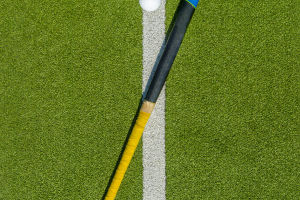Learning to swim can be an exciting journey, but it's essential to approach it step by step, especially for beginners.
By following a structured progression, individuals can quickly gain confidence and proficiency in the water. Let's break down the process into manageable steps:
Step 1:
Mastering Breath Control The first and most fundamental step in learning to swim is mastering breath control. Many beginners tend to tense up and focus solely on holding their breath, leading to distorted body positions and inefficient movements. In shallow water, practice holding your breath gradually and exhaling slowly.
Try different exhalation speeds while keeping your body relaxed. You can also try opening your eyes underwater, preferably with swimming goggles, to familiarize yourself with the underwater environment and alleviate any feelings of tension or panic.
Step 2:
Establishing a Sense of Security Standing in the water is crucial for developing a sense of security, especially for those who are new to swimming. Using buoyant aids like a swimming ring or a piece of pontoon, stand in the water with your head submerged and arms outstretched.
By extending your legs downward, you can stabilize yourself and feel secure in the water. This exercise builds confidence and helps individuals feel safe in deeper water.
Step 3:
Practicing Glide Techniques Once you've gained confidence standing in the water, it's time to practice gliding. Stack your hands and press them against the pool wall, then extend your body forward and glide with your head submerged.
Focus on maintaining a streamlined body position and gliding as far as possible. This exercise helps you understand the sensation of moving through the water and builds essential swimming skills.
Step 4:
Decomposing Movements Breaking down swimming movements into smaller components allows for more focused practice and better skill acquisition. Begin by practicing leg movements while gliding, ensuring that each action contributes to forward momentum.
Use buoyant aids to keep your head above water initially, gradually integrating each movement until they flow seamlessly together.
Step 5:
Adding Hand Movements Hand movements are integral to swimming strokes and should be practiced on dry land before entering the water. For strokes like breaststroke, coordinate hand and foot movements in a rhythmic pattern.
Focus on maintaining a streamlined body position and gliding smoothly with each stroke. It's essential to synchronize breathing with hand movements, ensuring regular and controlled inhalation and exhalation.
Learning to swim requires patience, practice, and a systematic approach. By mastering breath control, establishing a sense of security, practicing glide techniques, decomposing movements, and adding hand movements, beginners can quickly progress and become confident swimmers.
Remember to start in shallow water, familiarize yourself with buoyancy, and always prioritize safety in and around the water. With dedication and perseverance, anyone can learn to swim and enjoy the many benefits of aquatic activity.


